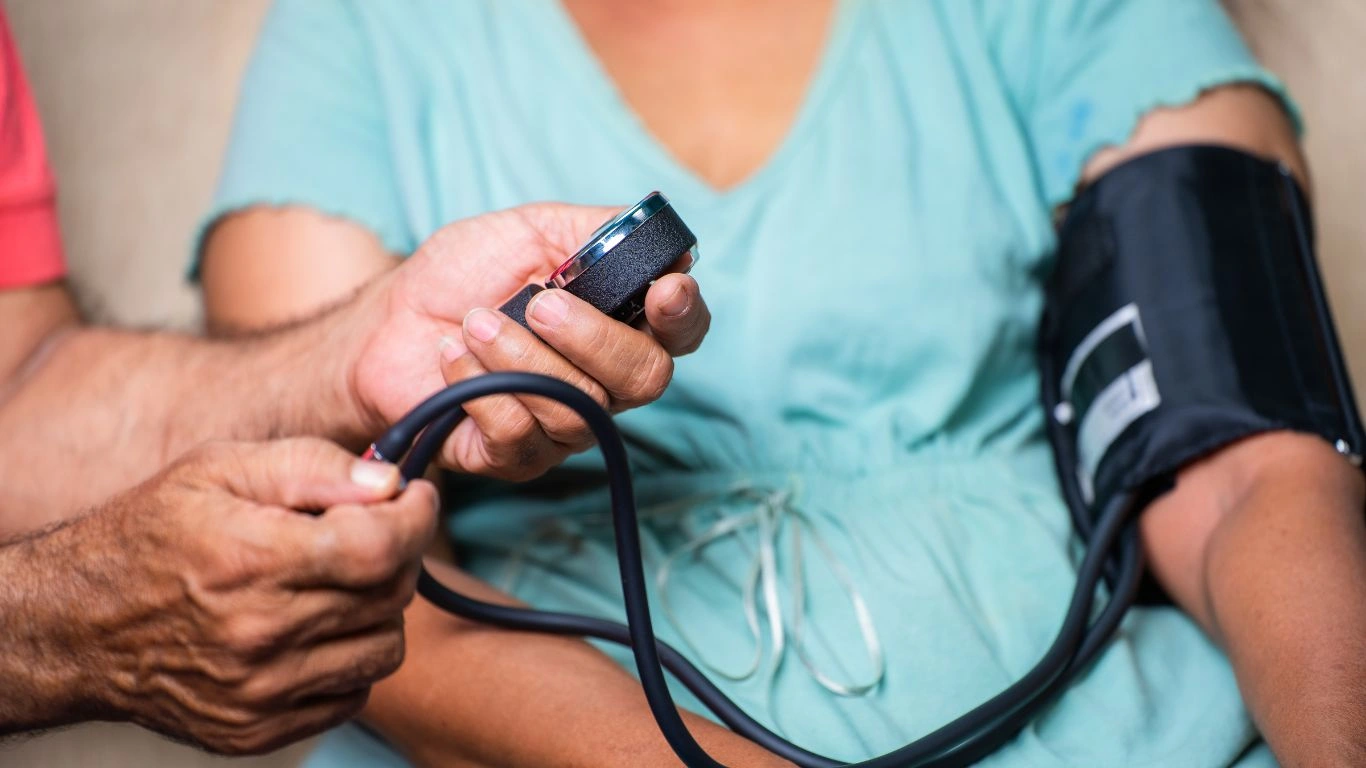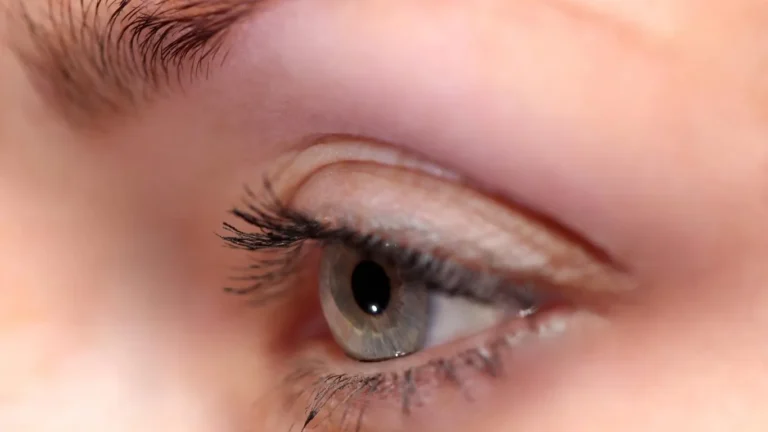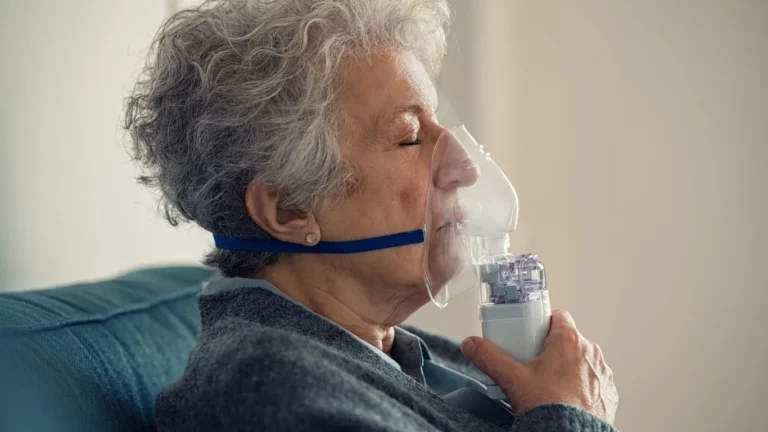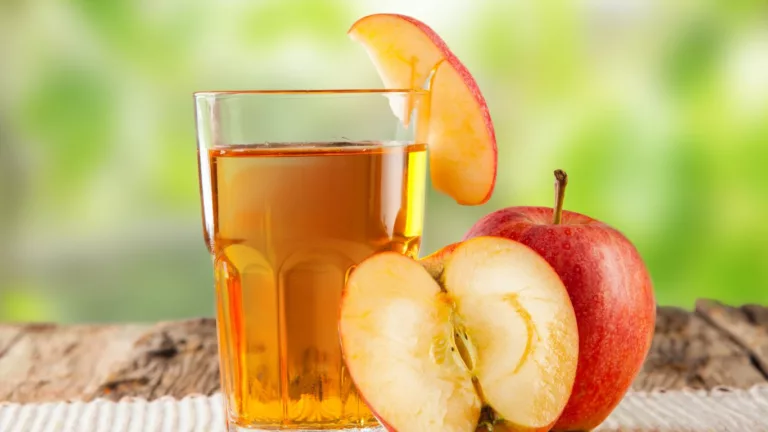How to Avoid Sodium in Restaurant Meals – A Practical Guide
Dining out doesn’t mean you have to sacrifice your health goals, especially when it comes to sodium. Let’s explore how you can avoid excessive salt when eating at your favorite restaurants!
When you’re eating out, it can feel like a real challenge to keep track of how much sodium is sneaking into your meals. The thing is, restaurants often use more salt than we’d expect, even in foods that don’t taste particularly salty. So, if you’re trying to lower your sodium intake, whether for health reasons or just to feel better overall, it’s definitely doable with a little know-how. In this guide, I’ll walk you through some easy strategies to avoid too much sodium when dining out, without feeling like you’re missing out on great food.

Why Sodium Matters
Before we get into how to avoid sodium in restaurant meals, let’s talk about why it’s important. Too much sodium can mess with your health in a few ways, most notably by increasing your blood pressure. High blood pressure is linked to heart disease and strokes, so cutting back on salt is a smart move for your overall well-being. A lot of people don’t realize that eating out is one of the easiest ways to unknowingly consume too much sodium. Many restaurant dishes, especially fast food or processed items, can pack in more salt than you’d expect.

Tip #1: Ask for Dressing and Sauces on the Side
One of the easiest ways to cut down on sodium is by controlling the amount of dressing or sauce that comes with your meal. Many times, sauces are loaded with salt, especially things like soy sauce, ranch, or Caesar dressing. When you order a dish, just ask for the dressing or sauce on the side. That way, you can control how much (or how little) you want to add to your meal.
For example, if you’re having a salad, instead of getting it drenched in dressing, dip your fork into the dressing before each bite. You get the flavor, but without overloading on sodium.
Tip #2: Choose Grilled Over Fried
Fried foods are often high in sodium, both because of the batter or breading and any added seasonings. Choosing grilled items over fried ones is a simple swap that can lower your sodium intake. Plus, grilled foods tend to have more natural flavor, so you won’t feel like you’re missing out on taste!
Instead of opting for a fried chicken sandwich, try a grilled chicken sandwich with some avocado and fresh veggies. The natural flavors will shine through without the extra salt.

Tip #3: Go for Fresh and Whole Ingredients
Restaurant meals with fresh vegetables, fruits, and lean proteins are often lower in sodium. When ordering, look for dishes that focus on fresh ingredients and avoid anything too processed. Canned or pre-packaged foods often have added salt to preserve them, which can be a hidden source of sodium.
For example, if you’re craving pasta, try a dish that features fresh vegetables and a simple olive oil-based sauce instead of one that’s made with pre-made tomato sauce or heavy seasoning.
Tip #4: Skip the Breadbasket
As tempting as those warm rolls or breadsticks can be, they’re often a sneaky source of sodium. A lot of restaurants add salt to their bread before it even reaches the table. If you can, skip the bread basket or ask for a small portion to avoid overdoing it on the sodium front. You might be surprised at how much bread adds up in terms of salt!
Tip #5: Opt for Low-Sodium Alternatives
If you’re at a place where the sodium content is sky-high in most dishes (looking at you, fast food), ask if they offer low-sodium options. Many restaurants have begun offering lower-sodium meals, or they might let you substitute ingredients. For example, you can ask for grilled chicken instead of processed chicken or request that your meal be prepared without added salt.
Even if they don’t have specific low-sodium options on the menu, you can always ask for simple changes. Ask the chef to prepare your dish without adding any salt and to use fresh herbs or spices to flavor your meal instead.

Tip #6: Read the Menu Carefully
Restaurants are required to list nutrition information on their menu in some places, so take a look at it if it’s available. Even if the menu doesn’t offer sodium information, you can still make educated choices. Stick with grilled, roasted, or baked items and avoid anything that’s fried or heavily sauced. When in doubt, ask your server about the sodium content of a dish, and they may be able to give you more information.
Conclusion
Dining out and avoiding sodium can be tricky, but with a little awareness, it’s totally doable! By following these simple tips and making informed choices, you can enjoy eating out without worrying about overloading on salt. Just remember: Grilled, fresh, and whole ingredients are your best friends, and controlling the amount of added sauces or dressings is key. Make low-sodium requests when necessary, and you can continue enjoying your favorite meals while keeping your sodium intake in check!
Appendices
References
- American Heart Association (AHA). (2023). Sodium and Your Health. Read Article
- National Institutes of Health (NIH). (2024). Sodium in Your Diet. Read Article
- Mayo Clinic. (2023). How to Reduce Sodium in Your Diet. Read Article
FAQs
- How can I reduce sodium in my restaurant meal? Ask for sauces and dressings on the side, opt for grilled foods instead of fried, and choose dishes made with fresh, whole ingredients.
- Are there low-sodium options in most restaurants? Many restaurants now offer low-sodium choices, or you can request that your meal be prepared without added salt.
- How do I know if a dish is high in sodium? Look for nutrition information on the menu, avoid pre-packaged or processed ingredients, and stick to grilled or roasted dishes.
- Can I still eat fast food without consuming too much sodium? It’s possible! Choose grilled items, skip fries, and ask for your meal to be made without added salt.
- Does drinking water help lower sodium levels? While water doesn’t directly lower sodium levels, drinking water instead of sugary or salty drinks helps keep your overall sodium intake lower.
Disclaimer: The information provided in this article is for educational purposes only and should not replace professional medical or dietary advice. Always consult with a healthcare professional or dietitian for personalized advice regarding sodium intake and your health.

Dr. Gwenna Aazee is a board-certified Internal Medicine Physician with a special focus on hypertension management, chronic disease prevention, and patient education. With years of experience in both clinical practice and medical writing, she’s passionate about turning evidence-based medicine into accessible, actionable advice. Through her work at Healthusias.com, Dr. Aazee empowers readers to take charge of their health with confidence and clarity. Off the clock, she enjoys deep dives into nutrition research, long walks with her rescue pup, and simplifying medical jargon one article at a time.






